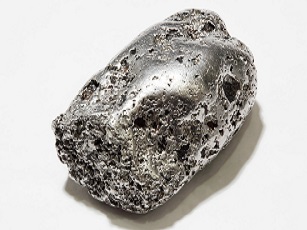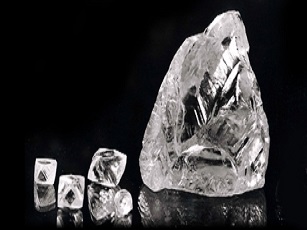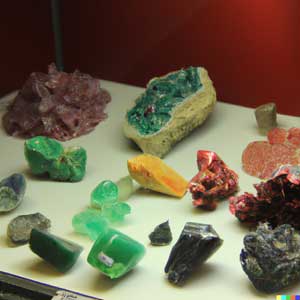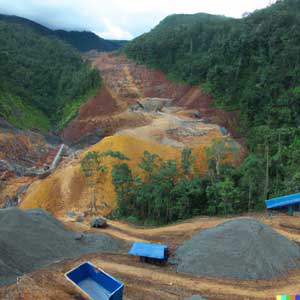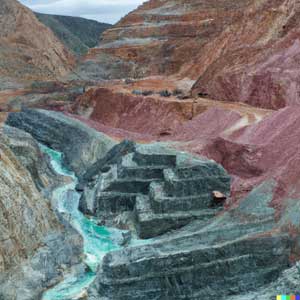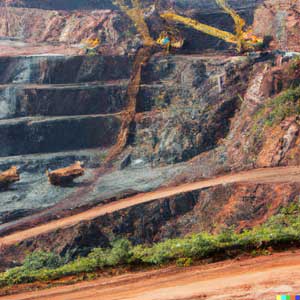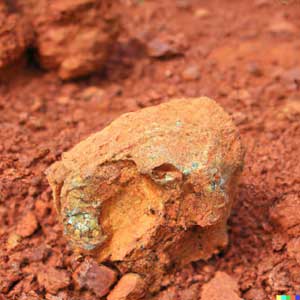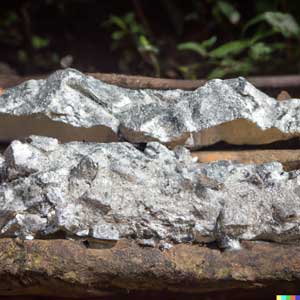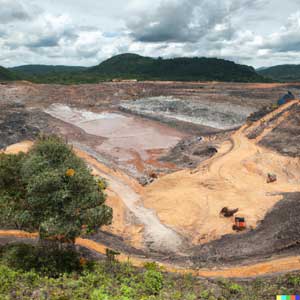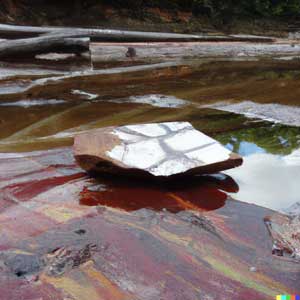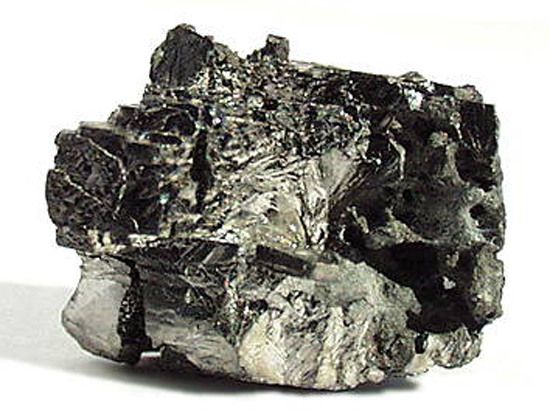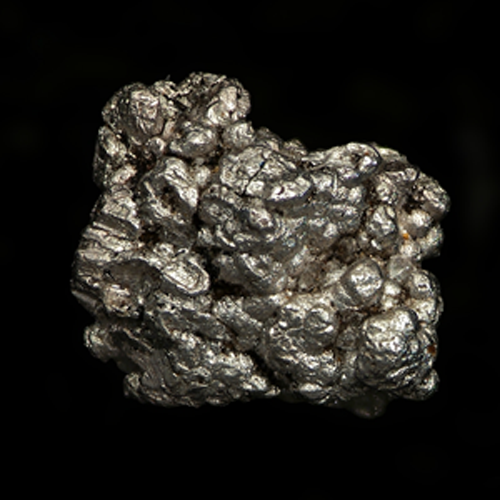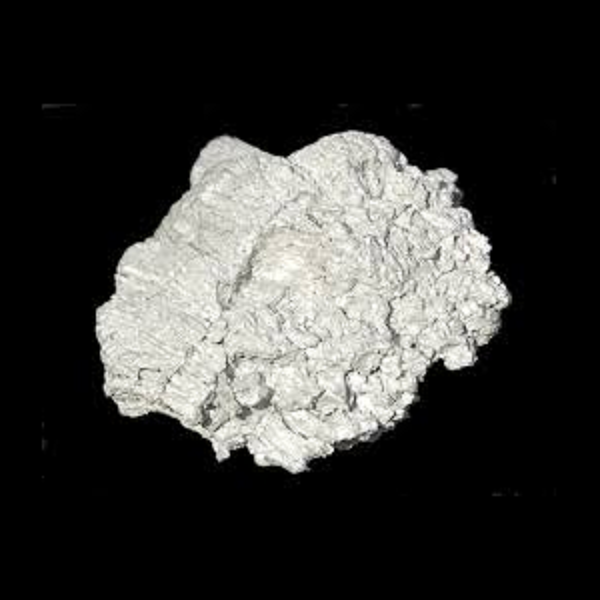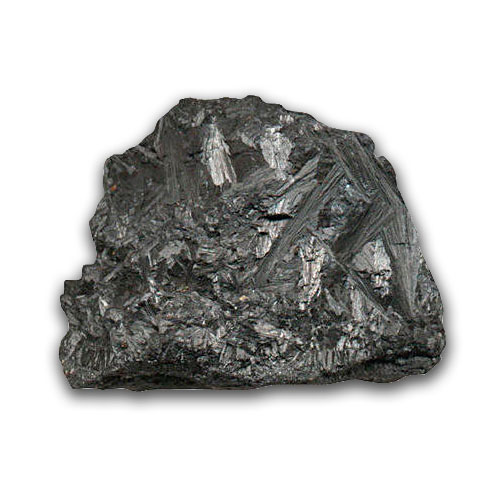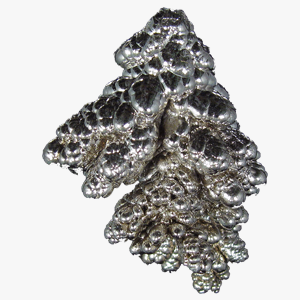Amazon Rainforest Minerals
AMAZON RAINFOREST MINERALS:
The Amazon rainforest is rich in minerals, including gold, copper, iron, and bauxite. Other minerals found in the Amazon include aluminum, manganese, nickel, lead, zinc, titanium, uranium, and tin. The Amazon is also home to a variety of precious and semi-precious stones, such as diamonds, emeralds, topaz, quartz, and amethyst.
GOLD MINING IN AMAZON RAINFOREST:
The Amazon rainforest is home to a wide variety of life, including a vast array of minerals and metals. In recent years, gold mining in the Amazon has become increasingly popular due to its many advantages, such as its accessibility and low cost of production. Gold mining in the Amazon rainforest has had a dramatic impact on the environment, with deforestation and water pollution posing a significant threat to the region's delicate ecology.
Gold mining in the Amazon is largely unregulated, which has led to a rush of small-scale mining operations in the region. These operations often lack the necessary safety and environmental regulations, leading to contamination of local water sources and destruction of the surrounding rainforest. In addition, miners often use mercury to separate gold particles from the ore, which is then released into local water sources and can have a devastating effect on the local environment and wildlife.
In addition to environmental damage, gold mining in the Amazon has also had a significant impact on local communities. The influx of miners in the region has led to increased competition for resources, and has resulted in the displacement of local communities and destruction of their traditional way of life. In addition, many of the miners are undocumented, and therefore do not pay taxes, further contributing to economic inequality in the region.
Despite the negative impacts of gold mining in the Amazon, there have been some attempts to regulate the industry and improve its impact on the environment. These efforts have included initiatives to reduce deforestation and harmful mining practices, as well as the adoption of new technologies to reduce mercury pollution. With proper regulation and enforcement, gold mining in the Amazon could become a more sustainable and beneficial industry.
COPPER MINING IN AMAZON :
Copper mining in the Amazon has been occurring for centuries with evidence of pre-Columbian mining activity. Today, the region remains one of the leading producers of copper in the world, with operations in Brazil, Peru, Colombia, Ecuador, and Bolivia. Copper mining in the Amazon is largely focused on large-scale open-pit mining operations, although there are some small-scale mining activities as well. Copper mining in the Amazon is often associated with environmental degradation due to deforestation, pollution, and the displacement of indigenous populations. The majority of copper production in the Amazon is exported to Europe, the United States, and other countries.
WHERE IS MOST COPPER MINED IN AMAZON :
Copper mining in the Amazon region of South America is largely concentrated in Peru and Chile. The majority of copper mining takes place in the Andean highlands of Peru, with additional operations in the Amazon Basin of Ecuador and Brazil.
USES OF COPPER MINING IN AMAZON :
Copper mining in the Amazon is primarily driven by the high demand for copper in the global market. This demand has led to increased mining activities in the region, often with devastating environmental and social impacts. Some of the main causes of copper mining in the Amazon include:
1. Access to Resources:
The Amazon is home to large deposits of copper ore, making it one of the most accessible sites for copper mining. Companies have been able to access these deposits and extract copper ore, leading to increased mining activities in the region.
2. Lack of Regulation:
The lack of regulation and oversight of copper mining activities in the Amazon has allowed companies to operate with little to no oversight, leading to violations of environmental and social standards.
3. Economic Benefits:
Copper mining provides economic benefits to the region by creating jobs and providing a source of revenue for local communities. This has led to increased support for copper mining activities in the Amazon, despite the potential harms to the environment and people.
4. Low Costs:
Copper mining in the Amazon is often cheaper than mining in other parts of the world, making it attractive for companies to pursue. This has led to increased mining activities in the region, despite potential risks.
IRON ORE MINING IN AMAZON :
Iron ore mining in the Amazon is a complex process. The region is rich in minerals, and exploited by many different industries. In order to extract iron ore, miners must first locate and access deposits. This involves clearing away large tracts of rainforest vegetation and digging deep into the earth. The ore is then extracted with huge excavators and loaded onto trucks or trains for transport to processing plants.
The processing of iron ore requires heavy machinery and chemical processing to separate valuable minerals from the raw ore. The resulting residue is often deposited in large tailings ponds that can contain toxic chemicals. This can cause major environmental damage, including the destruction of biodiversity and the contamination of local water sources.
The economic benefits of iron ore mining are undeniable, yet the environmental impacts can be costly. To mitigate these risks, many governments and international organizations have adopted regulations and standards for responsible mining. This includes the development of sustainability plans and the implementation of environmental protection measures.
IRON ORE MINING AREA IN AMAZON
The Carajas Mine is the largest iron ore mine in the world. It is located in the state of Par? in Northern Brazil. The mine is operated by Vale, the world's largest iron ore mining company. The Carajas region is rich in high-quality iron ore and is considered one of the most important mining areas in the Amazon rainforest. The mine also produces other minerals such as copper, manganese, gold, and nickel.
BAUXITE MINERALS IN AMAZON :
Bauxite is a sedimentary rock that is the main source of aluminum. It is found in tropical and subtropical regions around the world, including the Amazon Rainforest. Bauxite is a type of sedimentary rock that is made up of various minerals, including aluminum-bearing minerals and clay minerals. Bauxite is a key economic resource for many countries, as it is a major source of aluminum, which is used in a variety of products from aircraft to cans. It is also used in manufacturing cement and refractory materials, and is commonly used as an abrasive. Bauxite is also mined for its phosphorus content, which is used in fertilizer.
WHERE IS BAUXITE MINERALS IN AMAZON:
Bauxite minerals are not found in the Amazon. The Amazon Rainforest is located in South America and bauxite deposits are not typically found in this region. Bauxite deposits are typically found in tropical and subtropical climates around the world, including countries such as Australia, Brazil, China, India, Guinea, Jamaica, and Russia.
ALUMINUM IN AMAZON RAINFOREST :
The Amazon rainforest is home to some of the world's most diverse and abundant ecosystems, and is home to a vast array of plants, animals, and microorganisms. Unfortunately, one of the most concerning challenges to this unique environment is the increasing presence of aluminum. Aluminum is a pollutant that can be found in the air, water, and soil of the Amazon rainforest. Aluminum is often a byproduct of industrial activities, such as mining, smelting, and manufacturing. This pollutant can have a significant impact on the health of the Amazon rainforest and its inhabitants, including plants, animals, and humans.
Aluminum can have a variety of negative impacts on the environment. It can accumulate in the soil, water, and air of the rainforest, and can leach into the water table and contaminate drinking water. It can also lead to an increase in the acidity of the soil, which can reduce the fertility of the land and damage the plants and animals that rely on it. Additionally, aluminum can interfere with the normal functioning of the local ecosystems by blocking the uptake of essential nutrients by plants.
To help protect the Amazon rainforest from the impacts of aluminum, it is important to reduce emissions of this pollutant as much as possible. This can be done by limiting industrial activities that release aluminum into the environment, such as mining and smelting operations. Additionally, governments can implement policies to reduce emissions of aluminum from other sources, such as automobiles and power plants. Finally, it is important to monitor the levels of aluminum in the soil, water, and air of the Amazon rainforest to ensure that its ecosystems remain healthy and resilient.
MANGANESE IN AMAZON RAINFOREST :
Manganese is an essential element for life and is found in many plants and animals in the Amazon rainforest. It is an important nutrient for organisms and is necessary for the formation of several enzymes and proteins that are involved in numerous metabolic processes. Manganese is also a key element for photosynthesis and is involved in the processes of nitrogen fixation and respiration. Manganese is an important part of the soil and is essential for the growth and development of plants. The presence of manganese in the Amazon rainforest is important for the health of the ecosystem, as it helps to sustain the growth of vegetation, which benefits wildlife and also helps to regulate the amount of carbon dioxide in the atmosphere. In addition, manganese is important for the maintenance of healthy soils and the overall health of the Amazon rainforest.
NICKEL MINING IN AMAZON :
* Nickel mining in the Amazon is a relatively new practice, with most activity taking place in the Amazon basin of Brazil and Peru. Nickel is found in abundance in the soils of the Amazon rainforest, with most of the deposits located near the Andean mountain range. Nickel mining in the Amazon is often done in a very destructive way, with miners cutting down large swaths of rainforest and using heavy machinery to extract the metal.
* The mining process can also contaminate nearby rivers and streams with toxic runoff, leading to water pollution and soil erosion. In addition, the mining process often displaces local communities who depend on the rainforest for their livelihood. As such, nickel mining in the Amazon is considered by many to be an unsustainable and unethical practice.
NICKEL MINING AREAS IN AMAZON :
Nickel mining in the Amazon is primarily concentrated in the Brazilian states of Para and Amapa. These two states are home to large deposits of nickel ore, which are mined by local and international companies. The region is known for its diverse environment and natural resources, and has been mined for its minerals since the 19th century. Nickel is an important component in the production of stainless steel and other alloys, and the Amazonian deposits are a major source of this metal for global industries. Mining has had a damaging impact on the region, with destruction of the land and pollution of the rivers, but local communities are beginning to take a more active role in governing the industry.
LEAD MINING IN AMAZON :
Lead mining in the Amazon is an activity that has been occurring for centuries. The Amazon rainforest is one of the most biodiverse regions in the world, containing an estimated 10 million species of plants and animals. In addition, the region contains a wide variety of minerals, including lead. Lead is an essential component of many industrial processes and is used in a variety of products, such as batteries, ammunition, and plumbing fixtures.
The mining of lead in the Amazon region is done primarily by small-scale operations, which are often located in remote areas of the rainforest. These operations are often unregulated and lack the safety standards that are common in larger operations. This has resulted in the contamination of nearby water sources, as well as the destruction of surrounding forests and wildlife habitats. Additionally, many of the miners do not have the necessary safety equipment, such as respirators, to protect them from the harmful fumes and dust generated by the mining process.
There are some positive aspects to lead mining in the Amazon. For example, it has created jobs for local communities and provided a source of income. Additionally, the lead extracted from the Amazon can be used to create products that have a positive impact on society, such as batteries and solar panels.
Despite these potential benefits, lead mining in the Amazon is a controversial activity. It has caused significant environmental damage and puts the health of miners and local communities at risk. As such, it is important for mining companies to abide by strict regulations in order to limit the negative effects of their operations.
ZINC MINERAL IN AMAZON :
Zinc is a mineral found in the Amazon basin. It is a part of the Earth's crust, and can be obtained from the soils and rocks of the region. Zinc is necessary for many biological processes, and it is used for many industrial and medical applications. Zinc can be found in many food items, including seafood, grains, nuts and legumes. It is also found in some plants and animals, and it is essential for proper functioning of the human body. In the Amazon, zinc is important for agriculture and for maintaining healthy soils. It is also essential for the health of the Amazonian rainforest, since it helps to protect the trees from disease and insect damage.
IMPORTANT OF ZINC MINERALS IN AMAZON:
Zinc is an essential mineral that plays a role in a wide range of bodily functions, including immunity, growth, and development. It helps support a healthy immune system, and is needed for DNA synthesis, wound healing, and cell division. Zinc also helps support healthy vision, and is necessary for the metabolism of carbohydrates and proteins. In addition, zinc is an important mineral for maintaining healthy skin and hair.
TITANIUM MINERAL IN AMAZON :
Titanium is a mineral found in the Amazon rainforest. It is a strong, lightweight metal that is used in a variety of products, including aircraft, jewelry, and medical implants. It is also used in the production of certain alloys, such as titanium steel. Titanium is abundant in the Amazon, where it is found in the form of sand, gravel, and sedimentary rocks. The mineral is also found in some soils in the region.
Titanium mineral types :
1. Cassiterite: This is the most common type of titanium mineral found in the Amazon. It is an ore of tin and is usually black or gray in color.
2. Ilmenite: This type of titanium mineral is mainly found in the southern and northern parts of the Amazon Basin. It is a source of titanium metal and is usually brown or black in color.
3. Rutile: This type of titanium mineral is found mainly in the central Amazon Basin. It is a source of titanium metal and is usually yellowish in color.
4. Anatase: This type of titanium mineral is found mainly in the western Amazon Basin. It is a source of titanium metal and is usually blue or white in color.
URANIUM MINERAL IN AMAZON :
There is no evidence that uranium mineral is found in the Amazon rainforest. The Amazon rainforest is mostly composed of soil and vegetation, and there is no evidence of any uranium deposits in the region.
TIN MINERALS IN AMAZON :
Amazon is home to a variety of minerals, including tin, iron, gold, and copper. Tin is an important mineral that is used in alloys, electronics, and in the production of containers and cans. Tin is also found in jewelry and other decorative items. Tin is typically found in deposits that are mined from the surface and from deeper underground veins. Once extracted, the extracted tin ore is then processed to remove impurities and refine it for use in various products.
WHERE IS USED TIN MINERALS IN AMAZON :
Tin minerals are found in many parts of the world, including Brazil, Indonesia, Malaysia, China, and Bolivia. They are also found in some parts of the Amazon rainforest, although not in large quantities.
Related Mining

